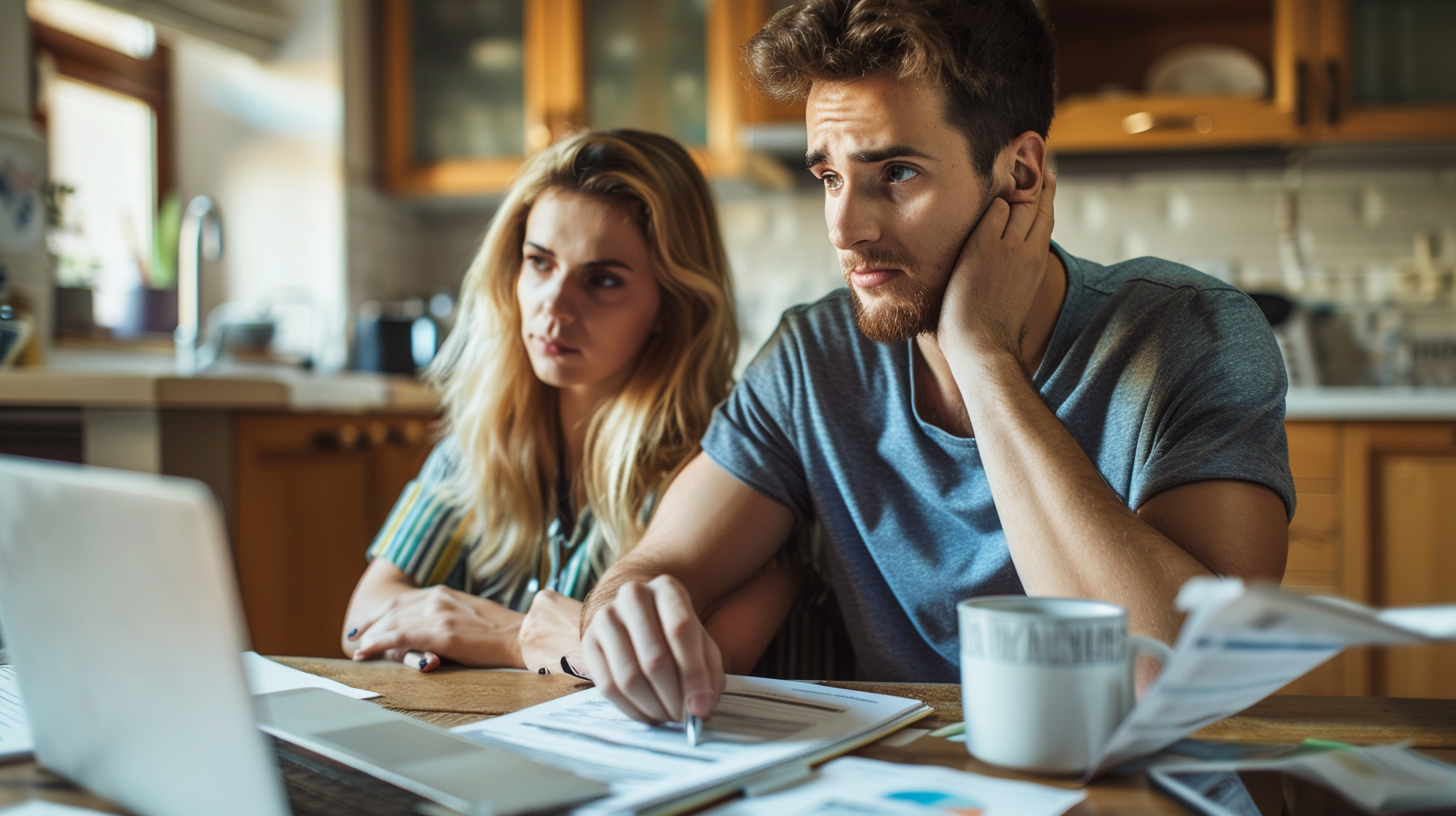For the first time in more than two years, U.S. home prices have dipped into negative territory, slipping 1.4% in just the last three months. High-frequency data from Parcl Labs shows a modest decline nationally, but the shift carries more weight than the numbers suggest. After a long stretch of rising prices fueled by pandemic demand, extremely low inventory, and a surge in relocation activity, the market is now feeling the effects of high mortgage rates, slower buyer activity, and a consumer who is becoming increasingly cautious. For small-cap investors, this change in the housing landscape serves as a valuable indicator of broader economic sentiment.
The housing market has been wrestling with affordability pressures since mortgage rates spiked in 2022 and 2023, with the 30-year fixed rate jumping from under 4% to more than 7%. That rapid climb priced out large segments of buyers and forced sellers to adjust their expectations. While inventory is still historically low, active listings have risen 13% year over year, and many sellers are pulling their homes off the market entirely due to low demand. That type of hesitation reflects real-time consumer behavior—people are slowing down major purchases, reevaluating budgets, and becoming more selective. Housing tends to reveal economic shifts early, and the current softness mirrors the same cautious tone we’ve been seeing in certain pockets of the small-cap market.
Regionally, the data is even more telling. Markets like Austin are down 10% year over year, with Denver, Tampa, Houston, Atlanta, and Phoenix also showing notable declines. Meanwhile, cities like Cleveland, Chicago, New York, Philadelphia, and Boston are still posting price gains. This split environment is a reminder that the national average rarely tells the full story—both in real estate and in equities. Small-cap stocks behave the same way: some regions and sectors weaken sharply while others show surprising strength. Investors who learn to spot these patterns early often outperform.
Another challenge is the lack of updated government housing reports due to the recent federal shutdown. Without fresh data on housing starts, permits, or new home sales, analysts are relying heavily on private data, builder sentiment, and earnings commentary. Homebuilders themselves describe a market with weak demand and ongoing incentives, and their sentiment remains deep in negative territory. That combination—soft demand, cautious consumers, and uneven regional performance—is exactly the kind of environment where small caps tend to lag temporarily before outperforming when conditions improve.
Mortgage rates have barely moved in the last three months, even after the Fed’s recent rate cut, suggesting that home prices may hover around zero growth for some time. But for small-cap investors, this stability isn’t a bad thing. When markets pause, opportunities emerge. Historically, when housing cools without collapsing, it often sets the stage for strong small-cap recoveries once rates drift lower and consumer confidence finds its footing.
Home prices turning slightly negative isn’t a crisis—it’s a signal. It tells us the economy is recalibrating after years of aggressive tightening, and that consumers are adapting. For disciplined small-cap investors, this environment is a chance to study balance sheets, identify undervalued companies, and prepare for the next move higher. Economic resets don’t punish prepared investors—they reward them.






